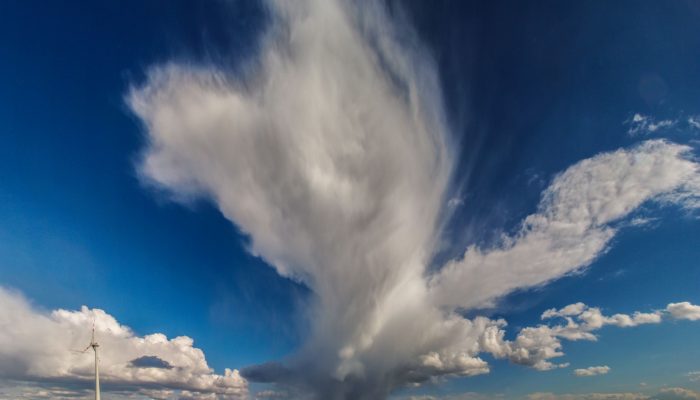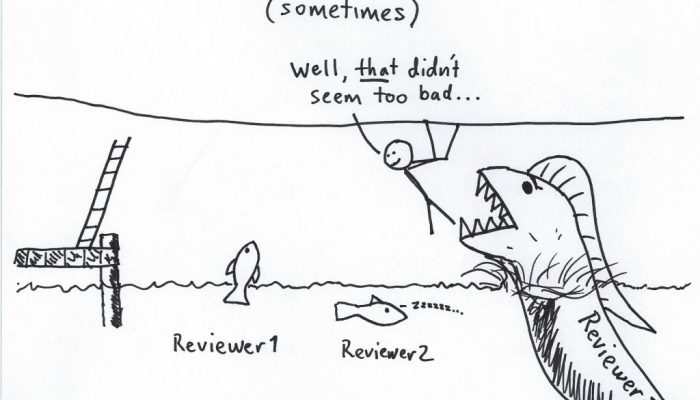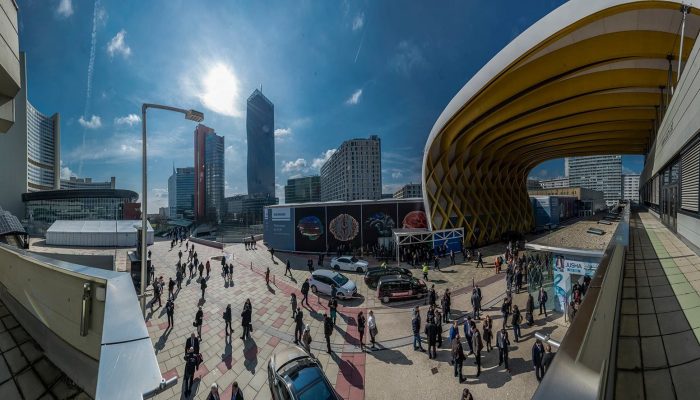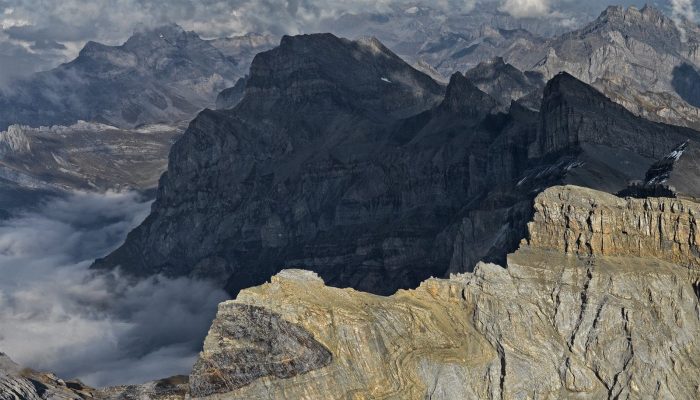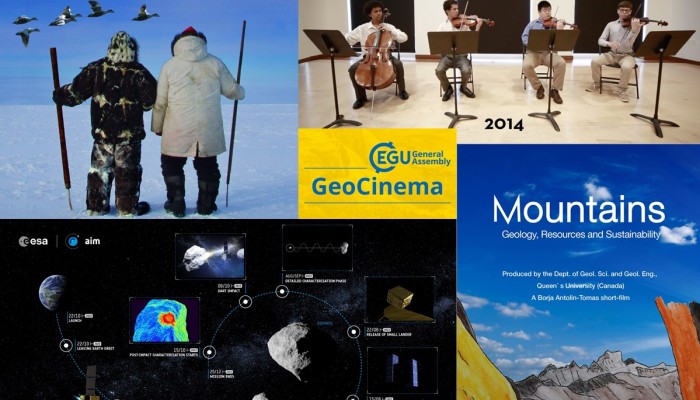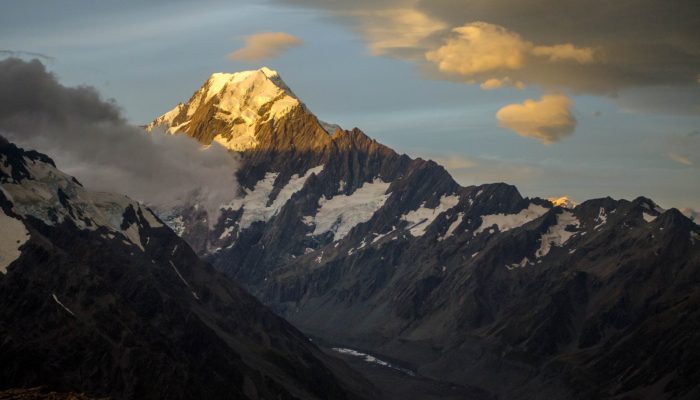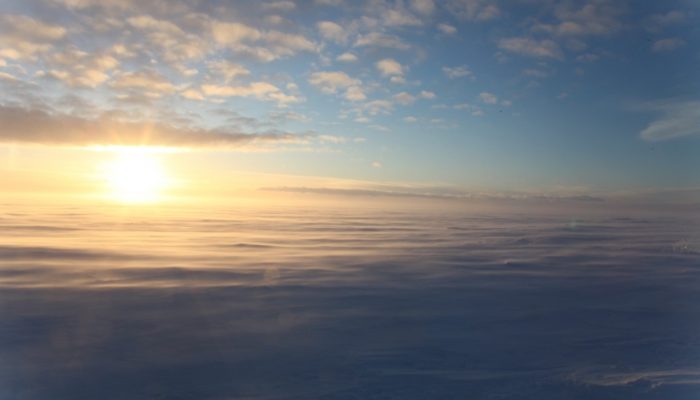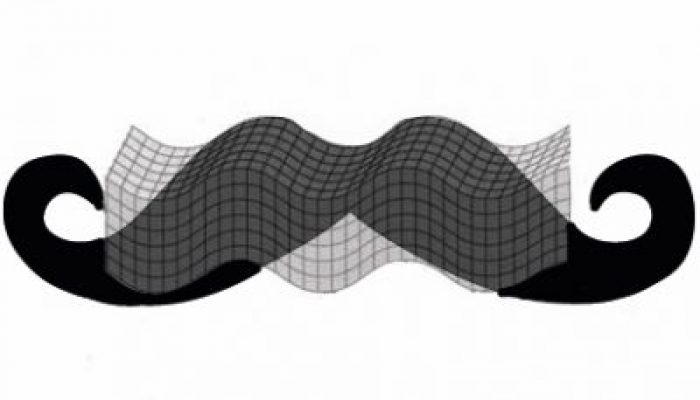Clouds and storms are formed when warm, moist air rises. This causes the air to expand and cool: forming clouds as the moisture condenses onto particles suspended in the air (called cloud condensation nuclei). Normally, air rises from surface heating, or when warm and cold air pockets collide, or if air is pushed upwards when passing over hills or mountains. If this heating, and subsequent rising, ...[Read More]
Seismology
Harsher than reviewer 2?
Have you ever wanted a reviewer who really tells it how it is? You should consider submitting a paper to the truly special publication ‘Frontiers for young minds’. Frontiers for young minds is a journal for students between ages 8 and 15 that are curious and passionate about science. However, what’s truly special about this journal is that it is also reviewed by students of the same age, assisted ...[Read More]
GeoLog
What’s new for the 2017 EGU General Assembly?
Following a record number of participants at last year’s General Assembly and feedback received, the EGU and its conference organiser Copernicus will be introducing a number of changes at the EGU 2017 General Assembly. In this post, we highlight a few of the changes that returning participants will notice at next year’s conference. More participants means making way for more presentati ...[Read More]
Tectonics and Structural Geology
Publishing in Solid Earth: interview with Anna Rogowitz
Following our previous blog about the EGU journal Solid Earth, we now would like to share some experiences of open access publishing in this journal with you. Therefore, we interviewed Anna Rogowitz, who recently published in Solid Earth, about her experiences. About Anna: Anna is an Assistant Professor in the Structural Processes Group at the Department of Geodynamics and Sedimentology (U ...[Read More]
GeoLog
GeoPolicy: What will a Trump presidency mean for climate change?
The US Presidential election this month saw Republican Donald Trump, a fierce climate sceptic, be elected into office. In wake of the election results, this month’s GeoPolicy post will take a look at Trump’s proposed actions on climate change, how likely these are to happen, and what the climate and clean technology communities could do to limit the damage. This tweet, written four years ag ...[Read More]
Earth and Space Science Informatics
Happy GISday!!
As many people within the ESSI division have at least once used GIS software, we would like to wish you a happy GIS day! Every day, millions of decisions are being powered by Geographic Information Systems (GIS) for education, government, non-profit organizations and businesses. ESSI deals with community-driven and multidisciplinary challenges. GIS plays an important role to develop data-dr ...[Read More]
GeoLog
Showcase your film at GeoCinema at the 2017 General Assembly!
Every year, we showcase a great selection of geoscience films at the EGU General Assembly and after seven successful years we will again be running GeoCinema in 2017. If you’ve shadowed a scientist in the lab, filmed fantastic spectacles in the field, or have produced an educational feature on the Earth, planetary or space sciences, we want to hear from you! Geocinema features short clips and long ...[Read More]
GeoLog
Imaggeo on Mondays: Aoraki & a round-up of the latest New Zealand earthquake news
On Sunday the 13th November, New Zealand’s South Island was struck by a powerful 7.8 M earthquake. Initial analysis by the United States Geological Survey (USGS) indicates that the source of the tremor was faulting on or near the boundary between the Pacific and Australia plates. A tsunami alert (no longer active) was triggered following the earthquake, with risk of tsunami waves along coastal are ...[Read More]
Cryospheric Sciences
Ice-Hot News : The “Oldest Ice” quest has begun
This is it! The new European horizon 2020 project on Oldest Ice has been launched and the teams are already heading out to the field, but what does “Old Ice” really mean? Where can we find it and why should we even care? This is what we (Marie, Olivier and Brice) will try to explain somewhat. Why do we care about old ice, ice cores and past climate? Unravelling past climate and how it responded to ...[Read More]
Seismology
MOVEMBER! Cancer awareness and seismology.
Two years ago Matthew Agius, the previous ECS-rep of the Seismology Division, wrote a post in this blog about Movember. Movember is a month-long event (in November) during which men grow their moustaches to rise awareness of cancer, especially the ones affecting men. When at the end of the month Matthew was finally getting rid of his moustaches, he wondered which seismologists had nice fluffy mous ...[Read More]

